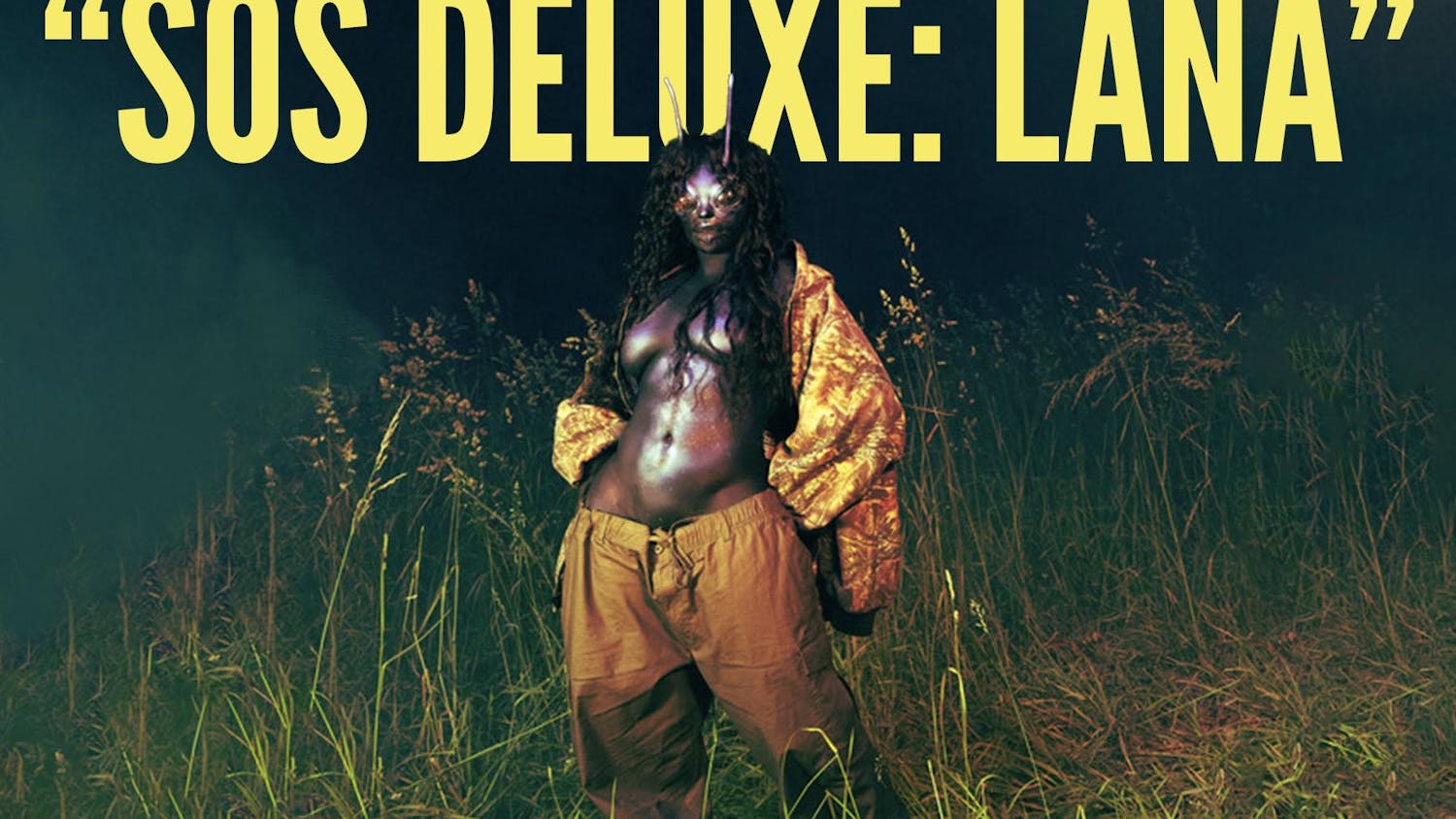Hear me out: I’m late to the party. I know this.
I knew it when I tearfully watched “Everything Everywhere All at Once” two months after its theatrical release — this summer, when I was living on my own for the first time ever. I know this now, while I write this piece about a movie that came out nearly half a year ago. And yet, people are still talking about it. It just screened at the Browning Cinema last Saturday. It’s a movie that’s sticking around.
In fact, almost everybody already knows what they need to know about it. The film has a stacked cast of phenomenal Asian and Asian-American actors. The special effects were done by a team of five VFX guys on Adobe Premiere Pro. It’s a multiverse movie that jumps from our world to Hot Dog Finger Universe to Raccacoonie Universe to Bagel-Black-Hole Universe and back again.
Yes, it’s confusing. A lot of people didn’t get it. Those who got it, loved it.
I was one of those people.
“Everything Everywhere” is a movie that leans into its gimmick, but not without intention. While the whirlwind energy and randomness of the film may have been a deterrent to some viewers, directors Daniel Kwan and Daniel Scheinert use their blink-and-you-miss-it pace to playfully explore the meaning of life in the 21st century, as a mother and her daughter search and fight for each other across a kaleidoscopic array of universes.
The true conflict of the film is within Joy, the protagonist’s daughter, who struggles in seeing the point in life after experiencing everything (everywhere, all at once). Although nobody I know is a multidimensional being, Joy serves as the voice of my generation. She tearfully tells her mother at the movie’s climax, “Here, all we get are a few specks of time where any of this actually makes any sense.”
We live in a world where people are paid to dance on little screens that we keep in our pockets.
We live in a world where we walk by homeless people on the way to get a $4 burger. We live in a world shook by a global pandemic that killed nearly 6 million people worldwide. The planet is warming because we can’t quit cooling our houses. We need to work to survive. Sometimes the people we love don’t love us back. All we get are a few specks of time where any of this actually makes any sense.
Cutting from a “Ratatouille” parody to rocks with googly eyes conversing via subtitles and then back to the main characters struggling with a difficult audit by the IRS, “Everything Everywhere” equates our daily struggles to the bizarre. It embodies Gen Z’s simultaneous overstimulation by the world and indifference to it, but only initially.
Joy’s parents, Evelyn and Waymond, don’t accept her rebellion against them or against meaning. Evelyn desperately tries to reign in Joy’s multidimensional temper tantrum before Joy’s Everything Bagel — which essentially functions as a black hole — destroys the world and her daughter. She doesn’t know how.
Waymond, on the other hand, says his way of fighting is kindness. Even though his monologue is a little on the nose, his attitude is what gets Joy to eventually listen.
Evelyn says, “Something explains why [Joy] still went looking for me through all this noise and why, no matter what, I still want to be here with [her].” Those who got the movie, understand what that something is: love.
Maybe I’m late to the party, but that doesn’t mean I’m not showing up. Maybe I’m just starting to figure it out. But I think that there still is a space in this universe where things make sense, where joy is waiting for us.









